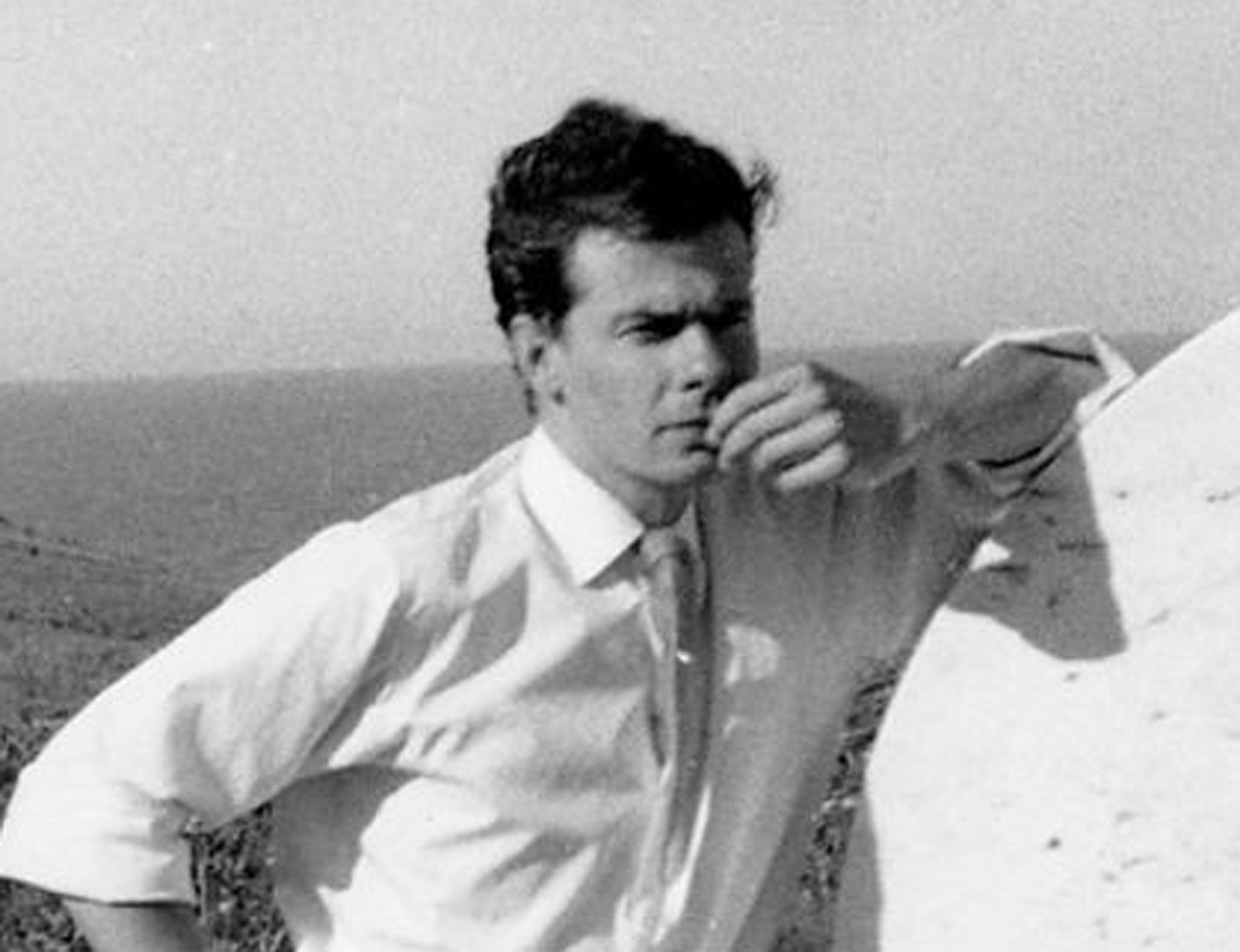Obituary: John Wright
Painter, teacher, writer, designer and film-maker who thought of himself as a literary painter and wanted his pictures to tell a story first

John Wright, the former principal of Newport Art College, knew from the age of five that he wanted to become an artist. A schoolmate showed him how to draw an Arab and, after realising he too could replicate the image with a few deft lines, he drew it on every available surface. His pleasure knew no bounds and the epiphany remained with him for the rest of his life.
He was born in Catford, London, in 1931, one of a fireman's three sons. Sent to Wales as an evacuee in 1940, he took to the people and countryside of Carmarthenshire with such affection that by the time he entered Carmarthen School of Art he considered himself to be Welsh and would be closely associated with the arts scene in Wales as painter, film-maker, animateur and designer. He was fortunate in having been put into the care of a man who owned an antiques business, The Old Curiosity Shop, and whose brother owned a second-hand bookshop.
These were perfect places for the young aesthete to spend much of his free time. He was also deeply affected by the scenery of west Wales, with which he became acquainted on Sunday outings, and the coves around Mwnt and the farms of the Cothi valley became his first subjects.
While still a student, he saw a film called High Conquest, the story of Edward Whymper and the climbing of the Matterhorn. The sight of the moonlit peak from the main street of Zermatt a few years later left an indelible impression on him. He now set out to climb every ridge of the Matterhorn over 4,000 metres and soon became a seasoned alpinist. Many of his paintings depict mountain scenery, sometimes distorted as if reflected in a mirror but always vibrant and majestic. He became a member of the Alpine Club, often climbing without a guide on mountains where others had lost their lives.
At about the same time he discovered a passion for bull-fighting, after reading Hemingway's Death in the Afternoon. He became an aficionado of the bull-ring and on 28 July 1965 saw one of the most memorable corridas of recent times when Antonio Ordonez and Paco Camino, two of Spain's greatest matadors, appeared “in an afternoon of overwhelming triumph”. In an essay he contributed to my symposium, Artists in Wales (1971), he wrote: “No European artists have moved me more than Ordonez and Camino.” Wright, slim and lithe of body in a matador's mould, was a natty dresser and a man whom many women found attractive. He also had a relationship with alcohol and could be very good company late at night.
Another discovery was that he could write, a talent nurtured by Keidrych Rhys, who ran the Druid Press and published the magazine Wales in Carmarthen's Lammas Street, where he was taken on as an assistant. Browsing among the famously untidy shelves, it was here he read Dylan Thomas and RS Thomas for the first time; both poets became inspirations for the mature artist. He also wrote short stories, one of which appeared in the prestigious Faber anthology Welsh Short Stories (1959), edited by George Ewart Evans.
But it was as a painter that he concentrated his energies. Even so, he once told me that he thought of himself as a literary painter and wanted his pictures to tell a story first and foremost. In 1953 he exhibited at the first of the Arts Council's open exhibitions in Cardiff and thereafter his pictures could be seen in many of the major galleries of Wales, England and America.
He won the Llandaff Festival Prize in 1961. In 1968 he was presented with a Medal by the municipality of Arles for a documentary film and, in the year following, with the Montera d'Or, the highest award at the Montpellier Film Festival. Thus began a love affair with the landscapes and cultures of the Mediterranean.
As a member of the '56 Group he was part of a campaign for modernist art against those who were content with more traditional scenes. He was a designer for the publisher Chatto and Windus. Among the public bodies to which he was appointed were the Council for Industrial Design and the Welsh Arts Council.
In 1965 he joined the Newport College of Art and Design, where he had a number of distinguished colleagues such as Tom Rathmell, Ernest Zobole, John Selway, Jeffrey Steele and Anthony Stevens. The college also produced budding film-makers and graphic designers, rare birds in the Wales of the Sixties. Op Art, a system of pure abstraction that relied on mathematical progressions and the theories of the psychology of perception, was the order of the day.
John Wright, the least autocratic of principals, and one of the youngest, allowed his staff the freedom to develop their own interests. The film department at Newport was the only one of its kind in Wales, but under the direction of Harley Jones – sometime assistant to the documentary-maker John Grierson – it allowed students to express themselves in a modernist idiom. But Wright's career as principal was to be cut short: he resigned from his post in 1986, and “disappeared” for many years thereafter. Very few of his former colleagues knew what had become of him or where he was. He had turned his back on Britain, which he called “Nightmare Island”, and died in his beloved Spain.
John Edward Wright, painter, writer, teacher and designer: born London 26 May 1931; married firstly Lindy Ellis, secondly Muriel Baines, 1987 Elizabeth Berry; died Estepona, Andalusia 9 July 2013.
Join our commenting forum
Join thought-provoking conversations, follow other Independent readers and see their replies
Comments
Bookmark popover
Removed from bookmarks